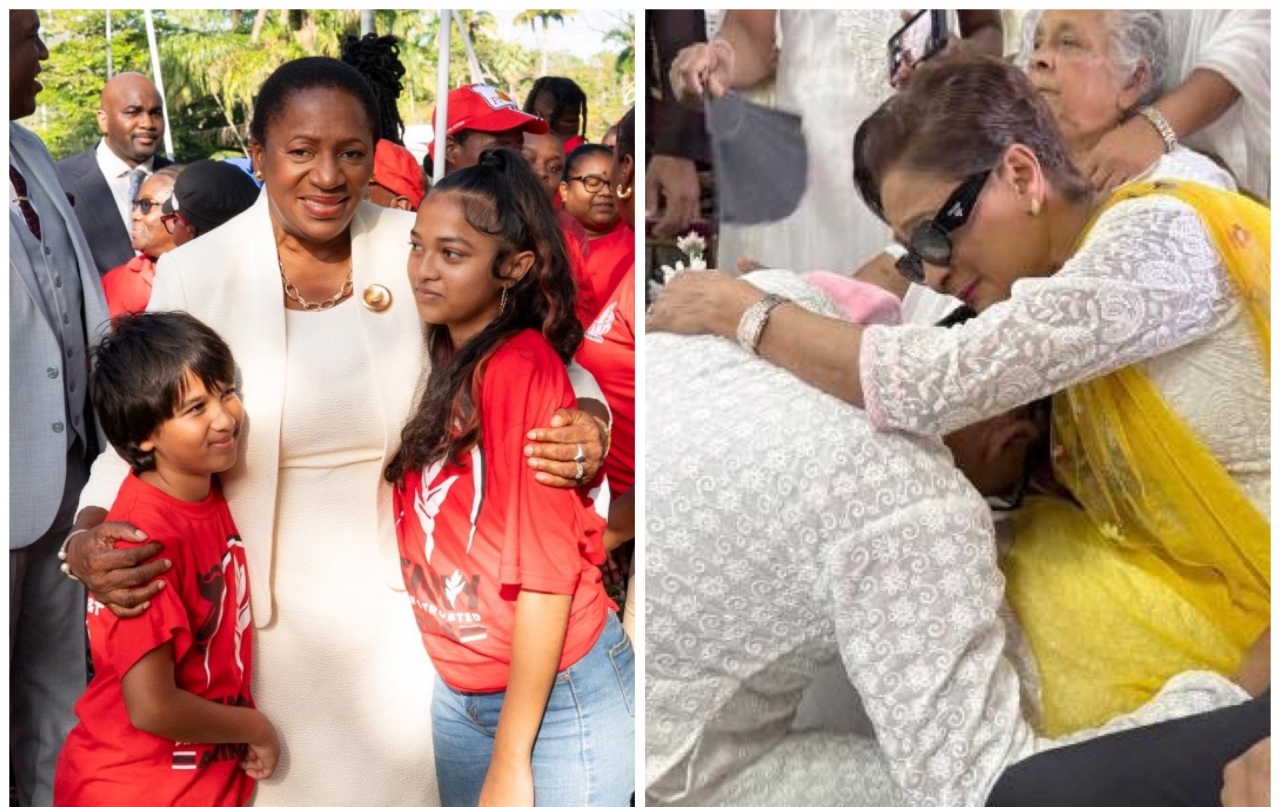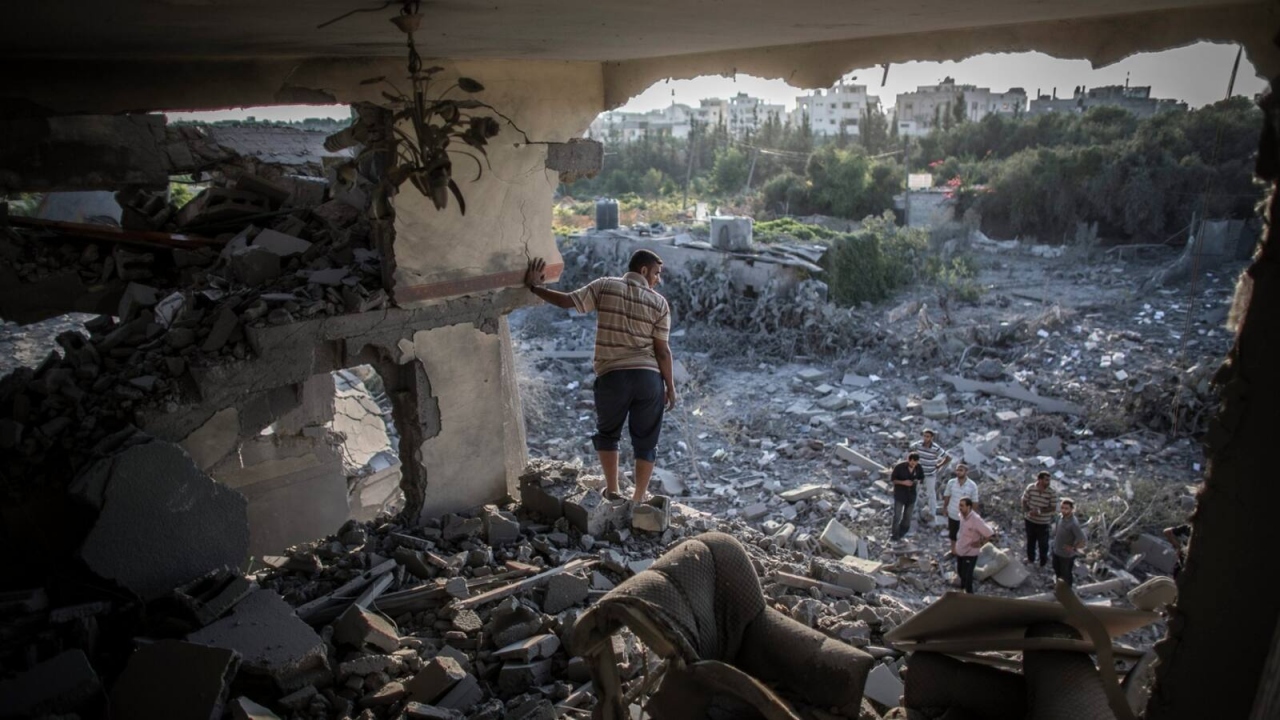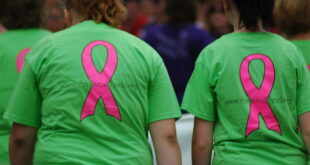Every four days, someone dies by suicide in Trinidad and Tobago. According to the World Health Organization (WHO), T&T has the third-highest suicide rate regionally, behind Suriname and Guyana. These countries share high East Indian populations, who are most impacted by suicides.
Speaking at a suicide prevention workshop before last month’s World Suicide Prevention Day, clinical psychologist and immediate past president of the Trinidad and Tobago Association of Psychologists (TTAP), Dr Katija Khan, made clear that suicide affected all demographics.
According to data, she said, every ethnic group, socio-economic group, both men and women and young and old are affected by suicides. But in the Caribbean, East Indian males seemed to be most at risk (Guyana leads the world in male suicides).

“Am I saying East Indian people are not resilient? Of course not,” she said. “But something is happening.”
Part of Khan’s research into suicides in the region looks at whether there is a cultural link that could account for the number of East Indians affected. India has the highest rate of suicide in South East Asia at 16.5 suicides per 100,000 people, followed by Sri Lanka (14.6) and Thailand (14.4).
But exploring a cultural link to suicide has not been easy.
“People don’t want to talk about it,” Khan said. “And this is Trinidad, so you know anything that has to do with race is a problem.”
Nevertheless, the ethnic imbalance has not gone unnoticed by the population. Khan noted that in the local lexicon, Gramoxone (a brand name of paraquat, a highly toxic chemical herbicide) has been called ‘Indian tonic’ and, more crudely, ‘coolie champagne’.
Paraquat is widely used worldwide but has been banned or disallowed in more than 30 countries, including in the European Union, and its use strictly restricted in other countries like the US and China. In 2018, Minister of Agriculture Clarence Rambharat said that the Pesticides and Toxic Chemicals Board was considering banning the import and distribution of paraquat in T&T. Today, by law, the chemical is stenched (made to smell unpleasant) and must include an emetic that induces vomiting.
Since access to lethal means is a major risk factor, and paraquat is used in a significant number of suicide deaths, Khan applauded the measures being taken to restrict its availability.
In addition to environmental risk factors, Khan said that prolonged stress, harassment and bullying, a stressful life event or loss, alcohol and drug use, isolation, loneliness, and chronic pain or illness could lead someone to consider and attempt suicide. She also noted that while the link between suicide and mental disorders, such as depression, is well-established, they account for just 5% of suicides locally. The leading cause, accounting for 79% of suicides, is domestic issues and disputes.
There are also historical factors that might make someone at-risk for suicide. These include suicide contagion (being exposed to another person’s suicide), a family history of suicide, and child abuse or trauma. But, according to the WHO, the strongest risk factor for suicide is a previous attempt.
Alternatively, Khan said there were protective factors that could help prevent suicides. Among them were personal resilience, social connectedness, pet ownership, self-esteem, support for help-seeking and access to treatment. But in T&T, Khan lamented that it was difficult to access public health services.
“We have mental health clinics,” she said, “but they just don’t have the resources to meet the need.” She described high patient-doctor ratios and long wait times to see a mental health professional as issues plaguing the local health system.
Despite the prevalence of suicides, however, clinical psychologist Victoria Siewnarine-Geelalsingh, speaking at the same workshop, said that suicide should never be normalised. She stressed that suicides were preventable, and everyone could help.

Because of suicide contagion, Siewnarine-Geelalsingh urged the media to be careful when they reported on suicide deaths and avoid reporting the details. The US Department of Health and Human Services (HHS) further suggests keeping reports concise and factual.
On their website, they write: “Suicide is the result of many complex factors; therefore, media coverage should not report oversimplified explanations such as recent negative life events or acute stressors. Reports should not divulge detailed descriptions of the method used to avoid possible duplication. Reports should not glorify the victim and should not imply that suicide was effective in achieving a personal goal such as gaining media attention. In addition, information such as hotlines or emergency contacts should be provided for those at risk for suicide.”
A suicidal person experiences hopelessness, and according to Siewnarine-Geelalsingh, a combination of active listening, empathy and compassion could lead them to hope.
She shared her tips for active listening through the acronym SHUSH:
- Show you care by fully focusing on the other person
- Have patience and be non-judgemental
- Use open questions that require more than a yes or no answer
- Say it back to check that you have understood, but do not interrupt or offer a solution
- Have courage by not being swayed by a negative response.
“We need to talk about suicide,” Siewnarine-Geelalsingh said. “Talking about it will not push someone over the edge.” It may, however, save a life.

If you or someone you know needs help, please use the following resources:
Lifeline: 645-2800
Alive: 688-8525, 650-5270
Accident and Emergency Centres:
Mt Hope Hospital: 663-3015
Arima Hospital: 667-4714
Sangre Grande Hospital 668-2468
Or find a psychologist at TTAP’s website: www.psychologytt.org
Editor’s Note: The suicide rate was adjusted from every two days to four days based on stats available from the WHO.
Fayola Bostic is a writer and copyeditor. She is the founder of Write Energy Ltd, which creates content for technical industry brands. Fayola is a former engineer who has been writing professionally for more than a decade.
 Wired868 Wired868 for smart sport news and opinion
Wired868 Wired868 for smart sport news and opinion







Y u have to put a hindu festival for? U condeming the hindu ppl man…indian is be in carival fete also u kno
If freedom of thought and speech are not allowed on the comment section why not post rules and regulations on what to think and what to say? Be honest!
Gloria, comments need to be approved and we do not have a large team so it can take a few hours sometimes. Please do bear with us. Regards.
Understood, your response is appreciated.
Trinidad’s ever increasing Political Correctness with respect to Indian community, their actual religious beliefs frequently crosses over into dishonesty. The reason why suicides have been so prevalent among indians is as a result of Brahminist (“Hindu”) outlook on life & Afterlife. However, Indian christians are LOOSELY converted christians who have maintained their Brahminist mindset within their christian practice. Suicide is not a sin in Brahminism(“Hinduism”), neither is murder for that matter, Unless it’s a Brahmin of course, or person of relatively higher varna (“uppercaste”) to you…If the victim is of a lower Varna (lower caste) or an “Untouchable” which is even beneath or outside the Varna or “caste” system (hence the term “Outcaste”) it is considered an act of mercy! Note: Varna literally means skin colour and an ideology of race based on skin colour! There is an official colour scheme in Brahminism’s Varna\Race\Caste System and WHITE at the very top ,represents ‘purity’\good karma, while the colour Black represents the very bottom and represents Impurity\Bad Karma! This why skin whitening is India’s and more secifically Brahminism’s “Gift” to humanity…Where else would the idea of SCRUBBING out one’s melanin emerge from other than a theology that says to be born black skinned (even worst with ‘African’ features) is to be born Dirty, “impure” with Bad karma inherently in the skin. There was a Divali column some years ago during Brahmin Kamla’s reign,in the express i believe, where the columnist actually said “Brighten up your SKIN for Divali with this 1000 year old recipe” … The Mental health oh Indians and specifically Brahminists(Brahmin Worshippers) has to be assessed in the context of their beliefs! Brahminists believe aren’t araid of any ‘hell’ where they will suffer for sins, but rather death is seen as an OPPORTUNITY to re-incarnate in another Better form and circumsrance…Namely a white skinned Brahmin.
Wow.Thank you very much for the enlightenment.